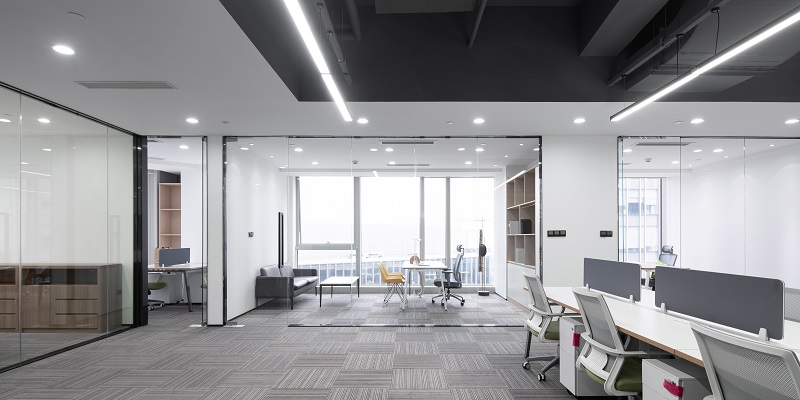In today’s modern work environment, where remote work is becoming increasingly common, organizations must focus on enhancing the in-office experience to promote productivity, collaboration, and employee satisfaction. A recent survey revealed that 93% of respondents who work from the office believe their organization could do more to improve the in-office experience. This article explores the key findings from the survey and proposes strategies for creating a thriving in-office environment.
The Need for Consistent and Simultaneous Communication
Effective communication is crucial for the success of any organization, regardless of where employees work. The survey found that providing consistent and simultaneous communication to all employees, regardless of their location, was the top priority. This ensures that everyone is on the same page, resulting in improved productivity and engagement.
Influence of Colleagues on Office Attendance Decisions
When deciding whether to go into the office, younger employees, especially millennials, are more likely to consider whether their colleagues will be present. This highlights the importance of office dynamics and collaboration for the younger generation. Building and maintaining strong relationships with colleagues is essential for fostering collaboration, innovation, and overall job satisfaction.
Time Wasted in Transitioning from Remote to Office Work
Interestingly, the survey revealed that 78% of millennials, compared to 35% of baby boomers, agreed that they waste time transitioning from working remotely to the traditional office setting. This disparity indicates a productivity challenge for younger employees. Organizations must consider ways to minimize this transition time and optimize their employees’ efficiency.
Importance of Building Strong Relationships with Colleagues
Creating a sense of camaraderie and belonging within the office environment is crucial for employee engagement and satisfaction. Younger employees, in particular, place significant value on the social aspect of work. Building strong relationships not only enhances collaboration and innovation but also fosters a positive work culture.
Validity of Getting Younger Employees into the Office
The survey results support the views of industry leaders like Marc Benioff and Mark Zuckerberg, who advocate for getting younger employees into the office more often. This helps facilitate learning and mentoring opportunities, which are essential for professional growth and development.
Challenges Faced by Remote Workers
While remote work offers many benefits, it also presents unique challenges. The survey revealed that 79% of remote workers experienced difficulties in feeling connected, engaged, and included in their work. Furthermore, they struggled with finding a sense of belonging, camaraderie, and inclusion in virtual meetings or conversations. Organizations must address these challenges to create a positive remote work experience.
Investment in Office Designs for Creativity, Collaboration, and Well-being
To enhance the in-office experience, companies should invest in office designs that promote creativity, collaboration, and overall well-being. By creating visually appealing and functional work environments, organizations can make the office a place where employees genuinely want to be. Strategic layout, comfortable seating, natural light, and versatile spaces can all contribute to a pleasant and productive work environment.
In conclusion, organizations must recognize the importance of enhancing the in-office experience to foster employee satisfaction, collaboration, and productivity. By prioritizing consistent communication, building strong relationships, and addressing the specific challenges faced by remote workers, companies can create a positive work environment for all employees. Moreover, investing in office designs that promote creativity, collaboration, and well-being can further enhance the in-office experience, making it a space where employees thrive and contribute their best work. Embracing these strategies will undoubtedly lead to increased employee satisfaction and overall organizational success.

